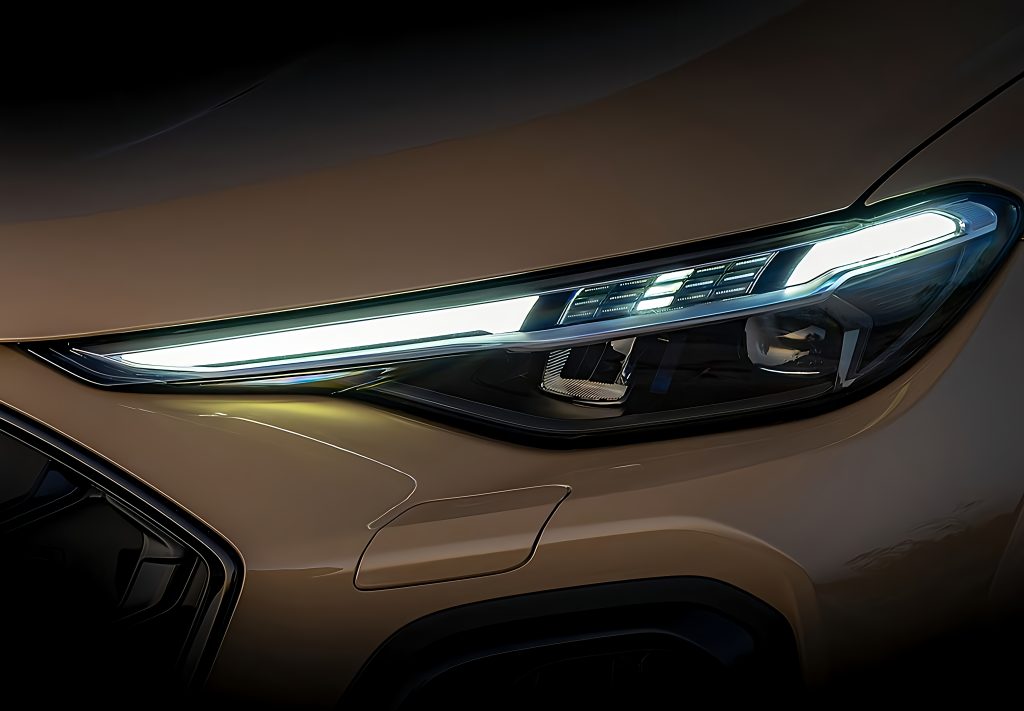
On June 11, global automotive parts giant Marelli Group announced in an announcement that it had initiated U.S. Chapter 11 proceedings to strengthen financial position and facilitate a value-maximizing restructuring.
According to the announcement, Marelli had reached a Restructuring Support Agreement (RSA) with approximately 80% of its lenders and secured a commitment of USD 1.1 billion in debtor-in-possession (DIP) financing to maintain operations. Additionally, Indian multinational auto parts manufacturer Samvardhana Motherson Group (SMRP BV) has submitted a takeover bid for Marelli.
Formed in 2019 under the leadership of U.S. private equity firm KKR, Marelli was created through the merger of Japan’s Calsonic Kansei and Italy’s Magneti Marelli (founded in 1919). Prior to the merger in 2018, the two companies had a combined revenue of Euro 14.6 billion, making the merged company, Marrelli, emerge as the world’s seventh-largest automotive parts supplier, with a strong presence in automotive lighting, electronic systems, powertrain solutions, and green technologies.
As a leading supplier of automotive components, Marelli has long maintained a strong competitive edge in automotive lighting sector. According to TrendForce’s 2025 Global Automotive LED Market – Lighting and Display Trends, Marelli rose to become the world’s third-largest automotive lighting manufacturer in 2020, retained that position in 2021, while ranking fourth globally from 2022 to 2024.
TrendForce data also shows that Marelli has launched multiple adaptive driving beam (ADB) headlights incorporating matrix LED, Micro LED, and DLP technologies. Its Micro LED pixel headlights, based on ams OSRAM’s EVIYOS HD 25technology, are now mass-produced and installed in vehicles such as the Volkswagen Touareg, Tiguan, Opel Grandland, and NIO ET9. Notably, international players still lead in core technologies like Micro LED pixel headlights.
However, Marelli’s total revenue fell to Euro 10.4 billion in 2020 and the company has stalked by financial losses. By early 2025, its debt burden had ballooned to JPY 650 billion. As financial pressures mounted, Marelli ultimately resorted to Chapter 11 proceedings—though this does not equate to liquidation, and there remains a chance for revival.
As one of the world’s top five automotive lighting suppliers, Marelli still boasts strategic assets, including key technologies, a global manufacturing network, a broad customer base, and strong brand equity. These factors have attracted acquisition interest from financially robust companies, like SMRP BV.
Marelli’s bankruptcy filing underscores that even industry-leading companies can face severe financial and operational challenges during the ongoing transformation of the automotive industry. These pressures are largely the result of several converging factors: shrinking profit margins in the traditional internal combustion engine segment, high R&D costs and long return cycles in the transition to EVs and smart technologies, global supply chain disruptions, and intensifying market competition.
Although the DIP financing provides short-term liquidity support, the bankruptcy process may limit Marelli’s strategic agility and capacity for market expansion.
This could present opportunities for financially sound competitors with strong technical reserves to capture market share, especially in high-end and emerging technology segments. Automakers may also reevaluate their supplier strategies, seeking partners with greater resilience and innovation capabilities.
Nonetheless, if Marelli successfully restructures and adopts a sound development strategy, it could leverage its technological foundations and optimize resource allocation to strengthen its competitiveness and solidify its position in the automotive components market.
In any case, Marelli’s restructuring may accelerate the reshaping and integration of the global automotive parts supply chain. Examples of this trend include Faurecia’s merger with Hella and acquisition of designLED Products; and OP Mobility (formerly Plastic Omnium) acquiring ams OSRAM’s German automotive lighting business and Varroc Lighting Systems from Varroc Engineering.
This wave of consolidation extends beyond automotive components to the lighting sector. For instance, FSL acquired approximately 53% of shares in Nanning Liaowang; and Focuslight Technologies acquired parts of ams OSRAM’s passive optical component technology.
It is worth noting that Chinese automotive lighting and LED component manufacturers are enjoying burgeoning growth. Among lighting manufacturers, Xingyu and HASCO Vision are both ranked in the global top 10 for LED headlights, with Xingyu improving its ranking in 2024. Among automotive LED suppliers, Jufei has entered the global top 10, and LatticePower and APT saw an improvement in rank.
In terms of market share, TrendForce research shows that the combined share of the world’s top five headlamp manufacturers has declined from 65% in 2020 to 60% in 2024.
These reflect two key dynamics: first, the gap between Chinese and international companies is narrowing as the former ride the wave of new opportunities in automotive lighting; second, the LED headlight market is becoming less concentrated. And Marelli’s restructuring could further alter the market structure and competitive landscape.
(Photo credit: Marelli)
TrendForce 2025 Global Automotive LED Market- Lighting and Display Product Trend
Release Date:
1. PDF (196 Pages)- 30 June 2025
2. EXCEL- 30 June 2025 and 31 December 2025
Languages: Traditional Chinese / English
|
If you would like to know more details , please contact:
|












